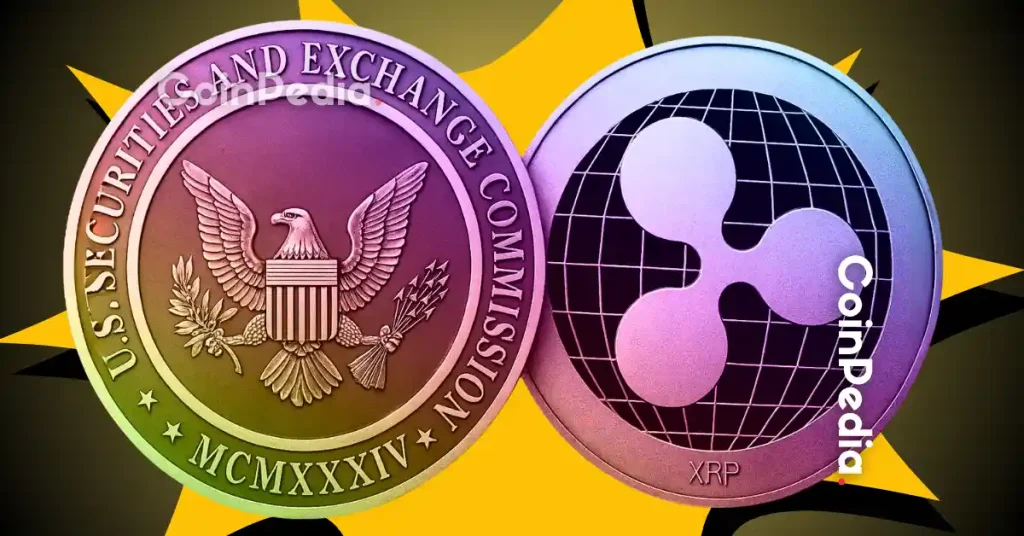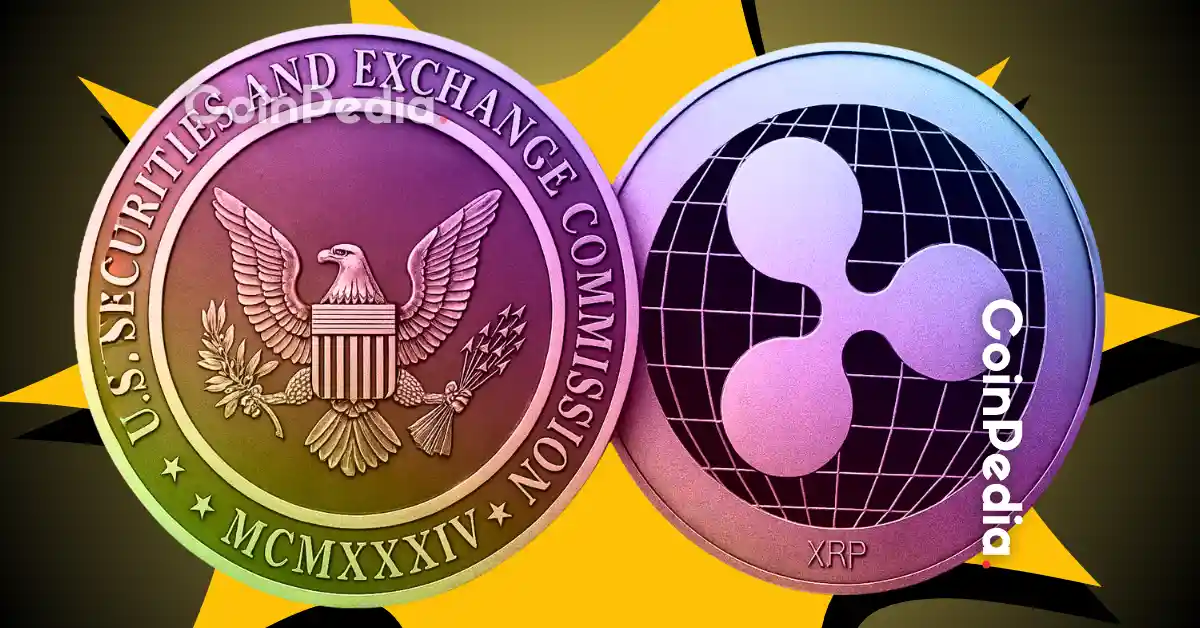
The Ripple vs. SEC Saga: A Path to Resolution
The legal battle between Ripple Labs and the U.S. Securities and Exchange Commission (SEC) has been a defining chapter in the cryptocurrency industry’s regulatory history. After years of litigation, market volatility, and intense scrutiny, both parties are now signaling a desire to bring this protracted dispute to a close. This report delves into the current state of the lawsuit, the timeline for final resolution, and the remaining hurdles that must be overcome to achieve a definitive conclusion.
The Long Road to (Potential) Resolution
The lawsuit, initiated by the SEC in December 2020, alleges that Ripple’s sale of XRP constituted an unregistered securities offering. This case has had far-reaching implications, not only for Ripple but for the broader cryptocurrency market, as it has set a precedent for how digital assets are classified and regulated. The legal proceedings have been marked by numerous twists and turns, including partial victories for Ripple, significant market reactions, and ongoing uncertainty among investors.
Dropping the Appeals: A Sign of the End?
A critical turning point in the case occurred when both Ripple and the SEC decided to drop their respective appeals. Ripple initially filed a cross-appeal following a partial victory in the lower court but later withdrew it. This decision coincided with the SEC’s indication that it would also drop its appeal. The mutual withdrawal of appeals is a strong indicator that both parties are moving toward a settlement, which would bring the legal battle to a close. As part of the settlement, Ripple agreed to pay a reduced penalty of $50 million, down from the initial $125 million. This amount will be retained by the SEC as part of the agreement.
The SEC’s Internal Process: A Potential Bottleneck
Despite the apparent agreement to drop the appeals, the process is not yet complete. The SEC’s internal procedures require a formal vote to approve the withdrawal of the appeal. This process, as explained by former SEC lawyer Marc Fagel, can take time, potentially spanning one to two months. The delay is attributed to scheduling and procedural formalities within the SEC, which must complete its internal voting process before the withdrawal can be officially approved. Once this is done, both parties will need to jointly notify the court to finalize the resolution.
The Role of Judge Analisa Torres
Judge Analisa Torres has been instrumental in overseeing the Ripple vs. SEC case. Her rulings have shaped the trajectory of the lawsuit, and her final approval will be necessary to close the case. Once the SEC completes its internal process and both parties jointly notify the court, Judge Torres’s previous rulings and penalties will take full effect, officially bringing the legal battle to an end.
Potential Delays and Frustrations
The delay caused by the SEC’s internal voting process has been a source of frustration for the XRP community. Many had anticipated a swift conclusion after Ripple publicly announced its intention to withdraw its appeal. However, the procedural requirements within the SEC have introduced a lag, extending the timeline for final resolution. This delay has raised questions about the efficiency of regulatory processes and the impact on market confidence.
Impact on XRP ETF and Market Momentum
The ongoing uncertainty surrounding the Ripple case also has implications for potential XRP-based Exchange Traded Funds (ETFs). Delays in resolving the legal issues could stall the filing and approval process for an XRP ETF, potentially limiting bullish momentum in the market. A resolution to the Ripple case could provide the regulatory clarity needed to advance the approval of an XRP ETF, which would be a significant development for the cryptocurrency market.
The 60-Day Pause
To facilitate a final resolution, the SEC and Ripple jointly requested and were granted a 60-day pause in legal proceedings related to their cross-appeal. This pause allows both parties additional time to finalize the terms of the settlement and reach an agreement on how to end their legal battle amicably. The 60-day pause is designed to allow both parties to agree on the terms of the settlement and ensure a smooth transition to the final resolution.
Regulatory Clarity and Digital Asset Policy
Legal experts view the procedural filings and coordinated efforts between Ripple and the SEC as positive signals indicating a move toward regulatory clarity for XRP. It suggests that Ripple is aligning with updated SEC digital asset policy, which could have broader implications for the cryptocurrency industry. The resolution of this case could set a precedent for how other digital assets are regulated, providing much-needed clarity for businesses and investors in the space.
Key Milestones and Timelines
- April 2025: Ripple signs a settlement agreement.
- Early May 2025: The SEC follows suit.
- July 2025: Both parties agree to drop their appeals.
- 1-2 months: Estimated time for the SEC to complete its internal voting process to approve the withdrawal of the appeal.
- October 2025: Legal analysts believe the final legal closure could be delayed until October.
Remaining Questions
Despite the progress made, several questions remain:
- What specific factors are influencing the SEC’s internal voting timeline?
- How will the final resolution of the Ripple case impact the broader regulatory landscape for cryptocurrencies?
- When will a XRP ETF happen?
Conclusion: A Cautiously Optimistic Outlook
While the Ripple vs. SEC saga is nearing its end, the exact timeline for final closure remains uncertain. The SEC’s internal processes and procedural formalities could extend the resolution by weeks or even months. Once the SEC completes the formalities, the entire matter will be put to rest. Despite these potential delays, the mutual decision to drop appeals, the reduced penalty, and the coordinated efforts between Ripple and the SEC suggest a cautiously optimistic outlook. The resolution of this high-profile case could bring much-needed clarity to the cryptocurrency market and pave the way for future innovation and growth in the digital asset space. The light at the end of the tunnel is growing brighter, but the final steps require patience and vigilance.





